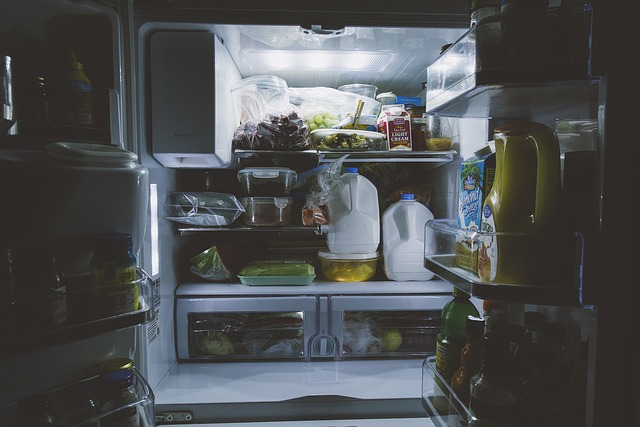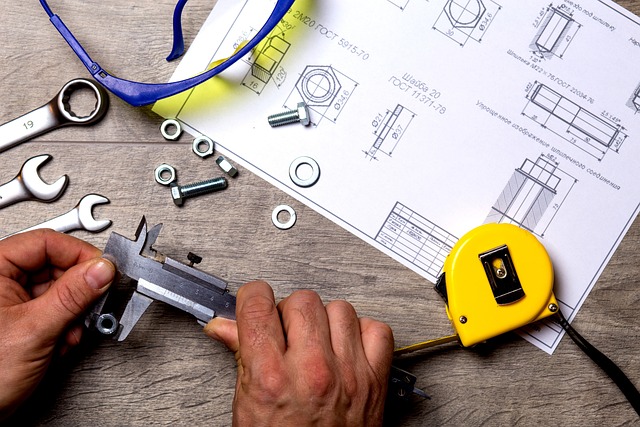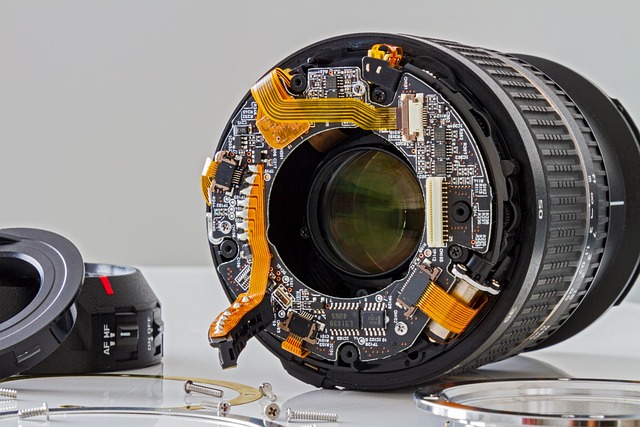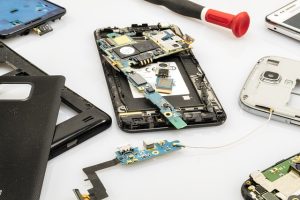- Diagnosing Common Issues in Ice Maker Functionality Within Refrigerators
- Step-by-Step Guide to Ice Maker Repair for Your Fridge
- Tips and Best Practices for Installing a New Ice Maker in Your Convenience Space
Diagnosing Common Issues in Ice Maker Functionality Within Refrigerators

When your refrigerator’s ice maker stops producing ice or starts to function improperly, it can be a source of frustration. To effectively diagnose and resolve common issues in ice maker functionality within refrigerators, homeowners should first understand the typical problems that arise. Common malfunctions include insufficient or no ice production, ice maker not ejecting ice, ice maker making excess noise, and producing ice with an odd taste or smell. A thorough inspection is necessary to pinpoint the cause of these issues. For instance, if there’s a lack of ice production, it could be due to a clogged water fill tube or a faulty water inlet valve. Similarly, if the ice maker is not ejecting ice, it might be because of a jammed dispenser mechanism or an issue with the ice maker arm. Excess noise often indicates a need for lubrication or potentially a damaged ice maker assembly. To address these matters, refrigerator repair expertise is invaluable. Homeowners can attempt basic troubleshooting steps like checking connections, ensuring proper water supply pressure, and clearing any obstructions from the ice maker’s pathway. However, more complex issues may require professional intervention to prevent further damage or for safe handling of components that involve electrical components. Regular maintenance and prompt attention to these common problems can help extend the life of your ice maker and maintain the convenience of having fresh ice on demand.
Step-by-Step Guide to Ice Maker Repair for Your Fridge

When your refrigerator’s ice maker stops producing ice or begins to operate improperly, timely repair is essential to maintain your home’s convenience and comfort. A step-by-step guide to refrigerator repair can help you address common issues with your ice maker. Start by unplugging the appliance and ensuring that any water supply lines are turned off to prevent leaks or further damage during the repair process. Next, inspect the ice maker assembly for any obvious signs of wear or damage, such as cracked hoses or a clogged water inlet. If the problem persists, consult your refrigerator’s manual for specific troubleshooting steps or diagrams that pinpoint potential issues like faulty switches, a malfunctioning thermostat, or a blocked ice mold. Regular maintenance, such as cleaning the ice maker’s mechanical parts and ensuring the water fill valve isn’t obstructed, can prevent many repairs altogether. Should you encounter an issue beyond your expertise, it’s advisable to contact a professional appliance repair service to avoid complications and ensure the job is done correctly, thus preserving the functionality of your ice maker and the overall performance of your refrigerator.
Tips and Best Practices for Installing a New Ice Maker in Your Convenience Space

